GAC 800 blended 10:1 with GOLDEN Fluid Acrylics creates solid color pours that retain crisp edges between each color.
There's been so much craze around Pour Art and the countless of etsy.com accounts selling them, that we thought we should share with you how it's done ... and should be done ... well.
Well, the professional artist way that will ensure all your efforts, mess and cost is channeled correctly to achieve an awesome piece of work that will last you.
So what's the trick between just pouring some liquid acrylic randomly, crossing your fingers and saying a prayer vs. being able to control the flow of the paints, extend the working time and allow yourself to create some predictable or planned outcomes?
We're serious. This is the serious stuff artist incorporates in to help improve the flow of the paints, extends the paints to allow for lots of experimenting and playing, and the best medium for pours without crazes.
Check out the videos below of our dear friend Mike as he shows the mixing process and prep work for doing LARGE pours ...
And here's a very useful article on the subject (click on the link and be sure to read the comments too for more tips)
Understanding the Techniques of Pouring Acrylics
While the practice of pouring artist paints is certainly not a new way to apply paint, achieving consistent results can be frustrating and costly. However, it is vital to the process to conduct experiments to gain the knowledge of what are the most critical controlling factors which preside over paint pours.
Studio Preparation One sure way to improve the odds for successful pouring is to start with a clean studio. Acrylic pours are relatively slow drying paint layers and dust can easily become imbedded into the film. Take some time to free the immediate workspace, sweeping the floor and wiping down surfaces around the studio. Next, be sure the table top or floor you are working on is also clean and level. Even slight angles can cause issues with pours. Put down fresh poly plastic sheeting on the surface which will protect the surface and help later on by preventing your artwork from becoming glued to the work surface, as pouring products creates puddles and drips that can travel off of the canvas or panel. Finally, control the temperature and humidity level in the studio as much as possible. Dry climates increase the chance of crazes developing – fissures resulting from liquid acrylic products skinning over during initial drying while the underlying liquid paint is still very fresh. The skin shrinks and tears apart resulting in unwanted physical textures known as a “craze” (see Image below).
This tinted GOLDEN Self-Leveling Gel “skin” shows the crazes that developed during the drying process.
The most predictable painting surface for pours is a sealed panel. This surface is less affected by the weight of the wet product compared to stretched canvas. Of course, the panel needs to be resistant to warping from water, thus sealing the surface with one or more coats of acrylic medium (or paint) is helpful. Conversely, this advice may be counter-productive if your technique relies upon the surface absorbency and/or the ability to curve the substrate in order to control the paint movement. This is why testing is such a critical factor even when using products that other artists find successful. If working on stretched canvas is vital to your process, you may be able to eliminate the sagging by stretching over a wooden panel or using a cardboard block between the stretcher bars.
Paints and Mediums used for Pouring Applications Free-flowing liquid paints and mediums are at the heart of the pouring process. Adjusting the viscosity and flow rate to work in tandem with how you want the paints to interact with each other is key. Obviously, products like GOLDEN Fluid Acrylics and High Flow Acrylics are more practical when doing pours than thicker Heavy Body Acrylics. This is not to say you cannot use Heavy Body paints, but they will first require thinning with water, acrylic medium, or both. A great approach for thinning Heavy Body paints without a loss of film strength is to first mix a thin acrylic medium such as GAC 100 with water (1 part medium to 1.5 parts water, and then use this mixture to thin the paints as much as desired). This mixture assures quick thinning but contains enough acrylic binder so that you still end up with a pourable paint instead of a color stain mixture. Since Fluids and High Flow Acrylics are already pourable, this step isn’t required to work with them, but sometimes it is necessary to adjust these paints as well. GOLDEN Airbrush Transparent Extender is also a valuable medium for adjusting paints. This product is a similar consistency to High Flow Acrylics, containing flow improvers and leveling additives.
Although most acrylic mediums are inherently pourable, some are better suited for pouring than others. GAC 800 is a medium specifically produced to modify paints for pouring, such as when pouring a puddle onto a paint surface. The GAC 800 mixes readily with the Fluid Acrylics and this combination is the least likely to craze during drying. It’s still possible GAC 800 may craze, but this is usually the result of too much paint being added and in turn, countering the acrylic solids level or the pour has been applied in too thick of a layer. A great starting point is to mix 1 part paint into 10 parts GAC 800 and limit the thickness to how far the product will spread. In other words, pour the product into a pancake puddle, and let it seek its own thickness without impeding its flow by use of a taped off or dammed edge. Once these tests are done you may want to try other paint amounts and use edges to control the flow, but be wary of too thick of a pour to start. The biggest negative attribute of GAC 800 is “dry state clarity”. This medium retains a slight cloudy quality making it a poor choice as a clear topcoat or even transparent color layer.
Other mediums to experiment with include GAC 500, Polymer Medium (Gloss), Fluid Matte Medium, Self-Leveling Clear Gel and Clear Tar Gel. One important note worth mentioning is that these products were not developed with defect-free pouring in mind, and although smooth thin layers are possible when using them, they are not free of issues and limitations. For example, a common misconception is that Self-Leveling Clear Gel can be poured liberally and spread around with palette knives, trowels and squeegees and level perfectly upon drying. This is not the case, and some tool marks, however slight, will likely remain in the dried layer. Tool shape and application technique are critical to their success, and artists who have mastered their use have spent many frustrating nights in their studio figuring out the best application method that provides the desired results. As a place to start, use clean, large tools with smooth edges and carefully spread the product in multiple thin coats until the desired effect is attained. Allow one to three days drying between coats to reduce the chance of crazing and don’t be put off if every layer isn’t a perfect epoxy like surface, as perfection is nearly impossible to attain in layers of air drying products.
GAC 800 blended 10:1 with GOLDEN Fluid Acrylics creates solid color pours that retain crisp edges between each color.
Pouring Application Techniques There are as many methods as there are product combinations to try. First, appreciate each paint color as its own unique formula and pigments vary in their density and ability to move and spread. The same is true for the many acrylic mediums produced. Now factor in the addition of water, Retarder, or diluted Acrylic Flow Release. Toss in the impact of the painting substrate and studio environment and suddenly, predictable pouring seems unattainable. The way to best describe the approach to pouring applications is the concept of setting the stage to allow the products to do what they want to do; in other words, controlled chaos. And if you don’t take good studio notes to identify how each painting is created then you’ll never be able to reproduce a great effect when they happen. That said, here are some common methods and beginning mixtures to try out:
Pours of GAC 800, GOLDEN High Flow Acrylic & Isopropyl Alcohol create cellular patterns as the alcohol tries to escape the paint during drying.
- - - - - - - - - - - - - - - - - - - - -
Click HERE to buy Golden GAC 800 from Scrap-n-Crop.com
Check out other Golden Artist Color products available exclusively in MalaysiaHERE.
For bulk or special orders, please email admin@scrap-n-crop.com
- - - - - - - - - - - - - - - - - - - - -



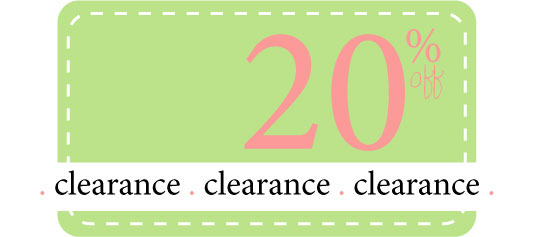
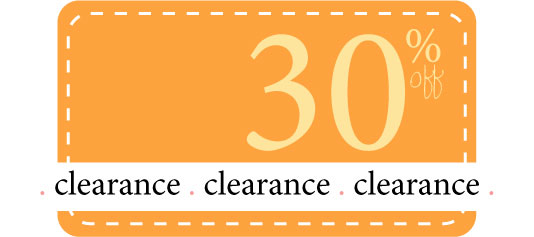
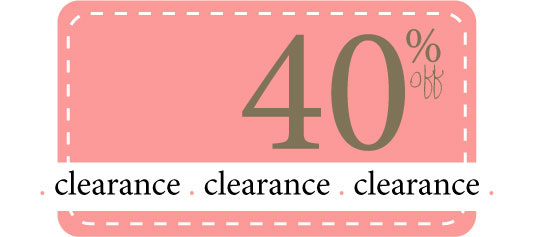
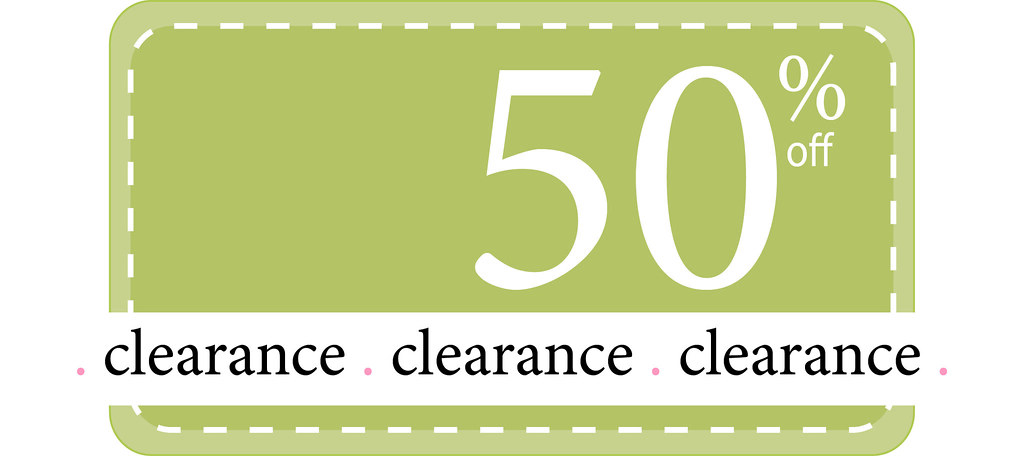

















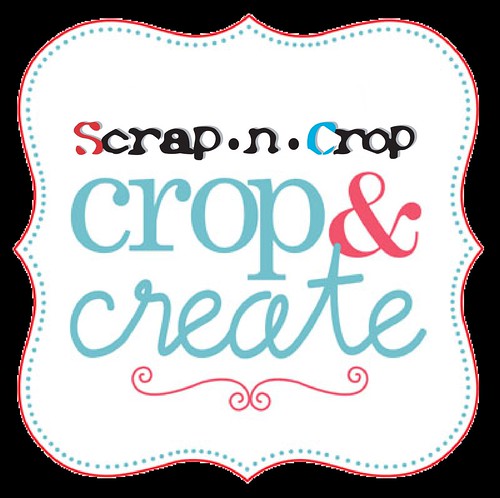








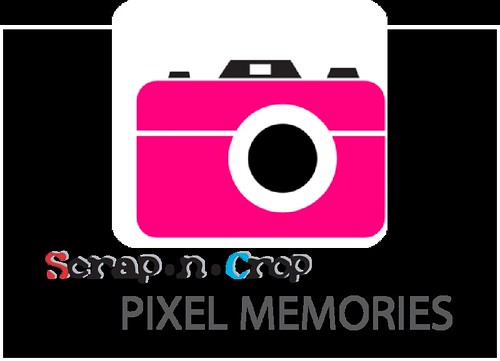
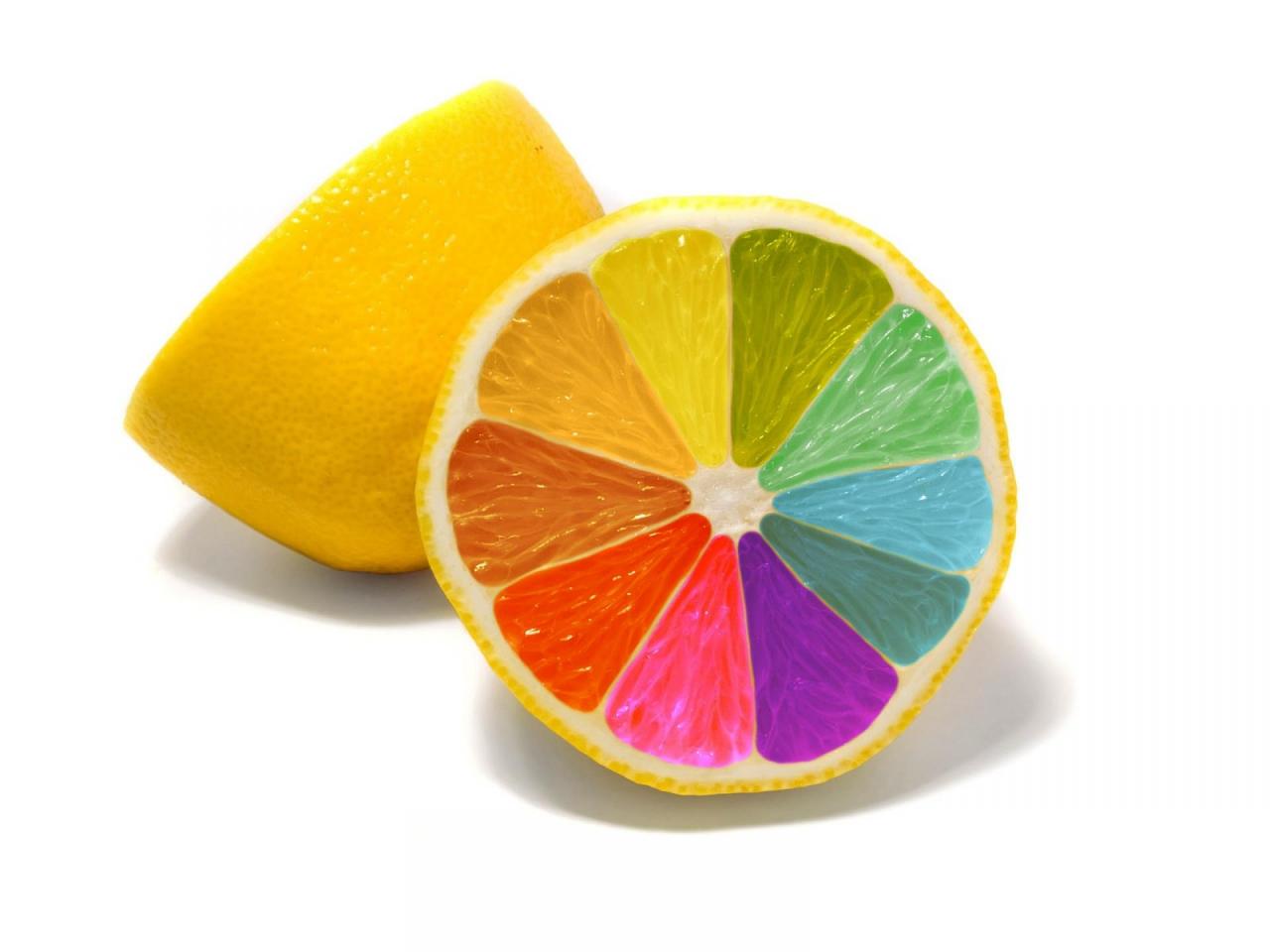

No comments:
Post a Comment